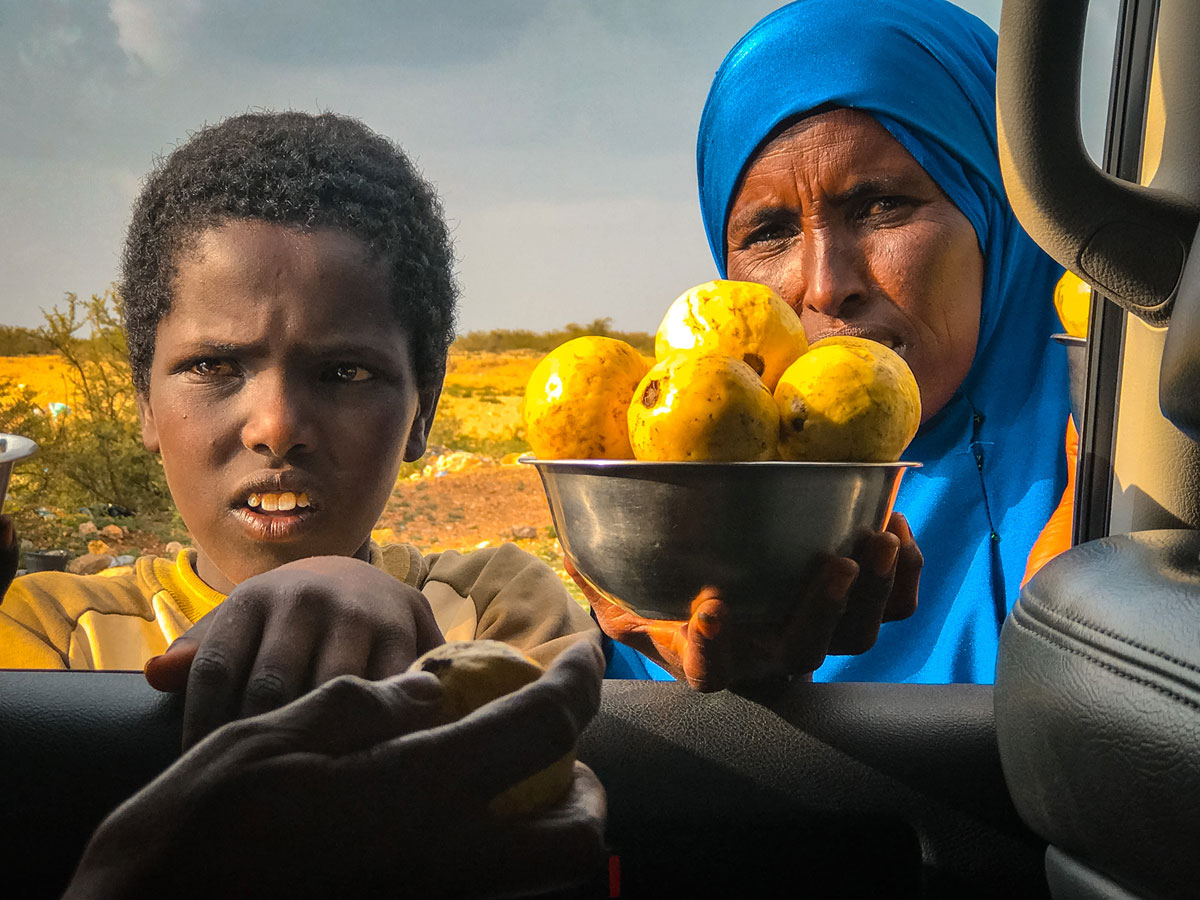Travel Essentials
Overview
I am willing to travel anywhere, and the more remote and different, the better. But I draw the line at de facto civil war with widespread and unpredictable violence. Now that would include most of Afghanistan, Yemen, Syria and Venezuela. The list should also include Somalia, which has been unstable for the last quarter-century, but Somaliland (the northern part of Somalia) makes it an exception. Somaliland was once a British colony, while the southern part of Somalia was Italian. When they both gained independence in 1960, the people of Somaliland voted to join their southern neighbors to form one country. However, after the disintegration in the south, Somaliland declared independence in 1991 and has since been operating as an independent country; albeit without any international recognition.
In August 2017, my wife Khadija, Yussur (born there), Jama (father was Somali) and I spent an equivalent of five days touring Somaliland, while investigating investment opportunities and the higher education system. We found a desert country with a burgeoning free market economy and functioning democracy. It operates based on the consensus of the citizens, who dearly want social order and freedom to start businesses. Not being a recognized country, it receives paltry international aid and, as a result, has little infrastructure and no national currency. Yet the economy is growing and many in the Somali diaspora have returned to live and/or invest there. Driving through the capital of Hargeisa, a city of one million, has a wild-west atmosphere but was so safe that woman sell gold jewelry on the street without protection.
Besides being an interesting governance phenomenon, there was plenty to see starting with cave paintings over 5,000 years-old, a long coast with rich marine diversity and thousands of camels raised by nomads. Currently, you could go weeks and never see another tourist, excluding diaspora Somalis. It’s a place for travelers who have no problem figuring out how to get around and for those who have been just about everywhere.
Geography
Somaliland is about the size of Florida or Ireland, although there is dispute where its border is with the Punt region of Somalia. On the map, it is an irregular bowl shape with the Gulf of Aden and Yemen in the north, Djibouti to the northwest, Ethiopia to the west and south, and Somalia and the Arabian Sea to the east. The coastline is over 400 miles long. Most of the country is semi-desert, some is used for raising crops and the rest is used for grazing for camels, goats and other animals.
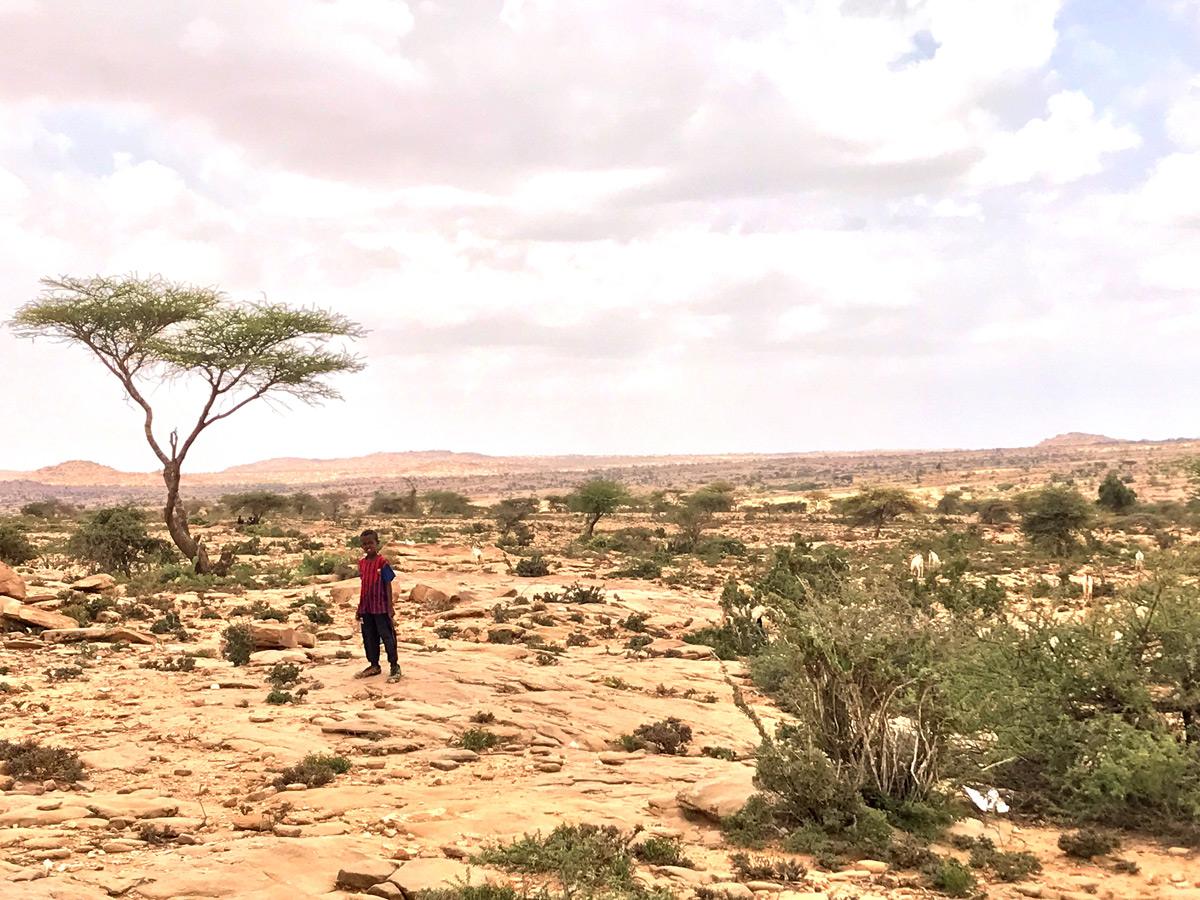
The country has mountain ranges in different parts including the forested Cal Madow with many waterfalls and Somaliland’s highest peak, Shimbiris, almost 8,000 feet.
Demographics
Somaliland has a population of about 3.5 million, with another estimated 600,000 living overseas. Almost half are nomadic or semi-nomadic. The country is populated almost entirely by Somalis with a few Arabs, Turks, Indians, Chinese and others living there, often involved in businesses and not citizens. Somalis are a clan-based society with major clans, sub-clans and many sub-divisions. Sometimes when a Somali is explaining their family relationship, it sounds out of “Game of Thrones” by being complicated, involving many generations and frequently referenced.
Somali is the official language with English and Arabic widely spoken. Somalis use English letters except p, v and z. Islam is the official religion and is followed by almost all. It is forbidden to propagate another religion, but individuals are free to practice their own.
Visa Requirements
Somaliland requires a visa. According to Lonely Planet, visas are not issued at the airport. I purchased one there, but my visit was arranged by someone in the government through connections. The cost of my visa was $60 (all $ will be US in this post) and was for one month. The cost can vary according to where you receive it. A Somalia visa is not accepted.
You can also get a visa from the Somaliland missions in Ethiopia, DJibouti, Kenya, UAE, United Kingdom, Sweden, Belgium, Norway, France, Canada, and United States. Also, local large hotels, including the Oriental, the Ambassador and the Maansoor, may be able to organize the visa.
Currency
Somaliland does not have its own currency, but uses the US dollar and the Somali Shilling. A tourist would use the latter only for to buy small items and give money to poor street people. In August 2017, one US dollar equaled about 9,000 Somali Shillings. There are money changers in the street markets, sitting next to large bales of Somali currency.

Payments for goods and services are often made via cell phone, mostly through the ZAAD network. It is so popular that the smallest street merchant will accept payments through it. Users of the system reportedly make an average of thirty payments a month. While a tourist is unlikely to use this, it is interesting to observe how widespread the usage is.
Credit Cards
Credit cards are not used in Somaliland.
Air Travel
We flew round-trip from Nairobi, stopping at Addis Ababa, to Hargeisa on Ethiopia Airlines for $442 per person. Air Arabia, Air Djibouti, flydubai and others also fly to Hargeisa and other cities.
Transportation
Hargeisa was our base and it’s a sprawling city with only one paved road and no traffic lights. It would be next to impossible for a new arrival to quickly figure it out. The rest of the country has a few highways, paved but with varying levels of potholes, connecting the cities. The practical way to get around is to hire a driver and a vehicle, probably a SUV as driving is bumpy. This can be arranged at large hotels. I did not pay for our driver for four days, so I am not sure of the rate, but I gave a $60 tip.
Toyotas make up literally 95% of the passenger cars and SUVs. They are not manufactured there, but brought in used from elsewhere.
Lodging
We stayed in the Maansoor Hotel, which is one where expats, usually for working for non-governmental organizations, stay.
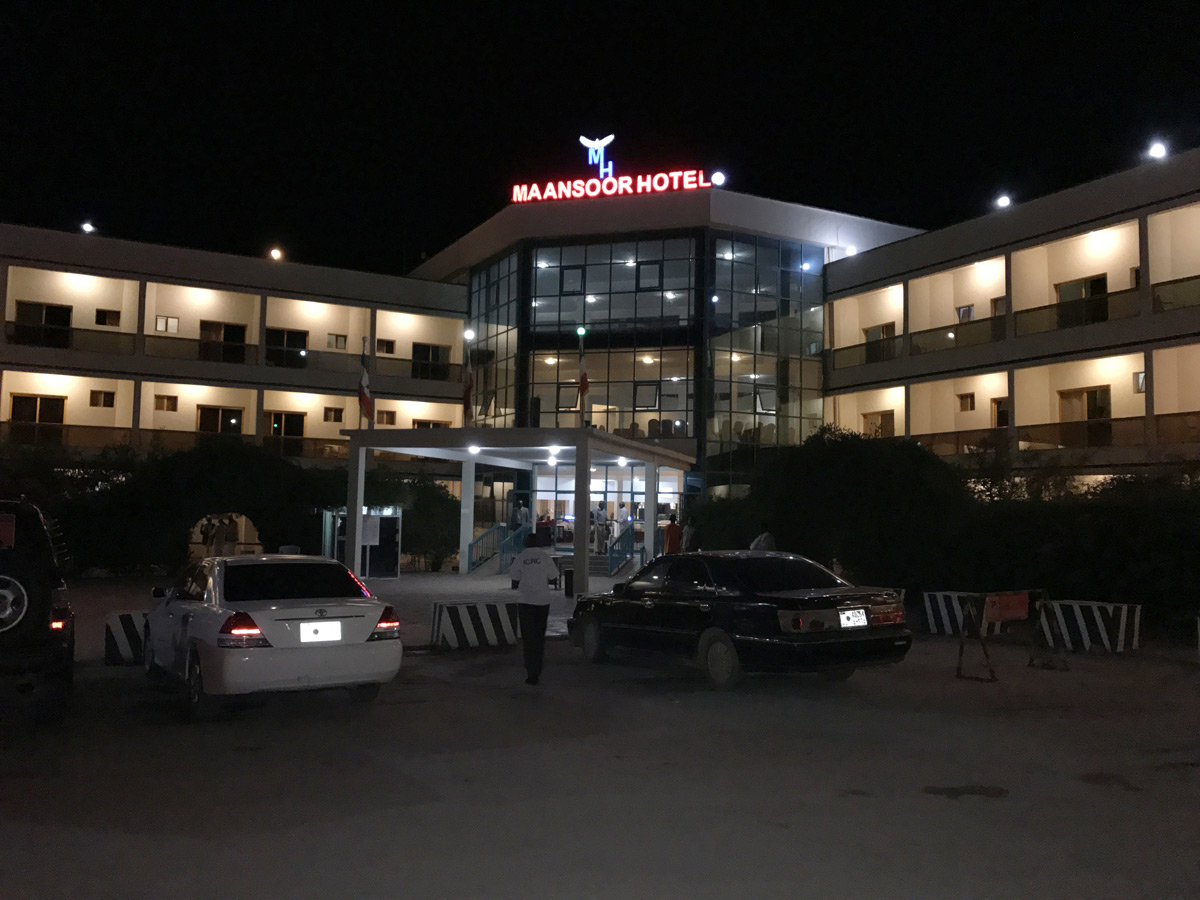
The rooms were clean, the water hot and the Wi-Fi decent. There were old TVs with a few channels and dated furniture. The desk and restaurant staff were helpful and spoke passable English. The price was $70 / night and included breakfast. Budget travelers can find cheaper hotels, though less comfortable, with but possibly with more colorful staff and visitors.
Cuisine
For breakfast, we had crepes, eggs, fruits and tea. For lunch and dinner, we usually were served family style with large beef, goat, lamb, unidentified fish and spaghetti dishes. Food does not vary much from one restaurants/hotel to the next.
I love Somali chai tea! It is black tea with various spices (usually ginger, cardamom and cinnamon) with hot milk and honey or sugar. I drank smoked camel milk which is good to drink for its first seven days. The period can be extended if smoked. It was only available once when I was there. It has many health benefits, but there is a risk of drinking old milk or a bad reaction to something you are not accustomed to. I had no problems with it.
Internet and Phone
There is extensive mobile phone coverage in Somaliland. Perhaps seventy to eighty per cent of the population has access to cell phones. Mobile-phone users can purchase a SIM card and use their GSM phones in Somaliland. Doing this is usually much cheaper than roaming charges. In fact, Somaliland had some of the cheapest international calls in the world, partly because it is not taxed like in most other countries.
Safety
Somalia is a safe place to travel. One indication of this is the women who safely sell real gold jewelry in the Hargeisa street market.
Having said that, like everywhere, women traveling alone should always be careful. Also, it can be disorienting when walking the street. For example, I was taking pictures on the road with my SLR camera and several men told me I should not be photographing or not to take photos of them. However, others did not care. After that experience, I used my cell phone for street photography to be less conspicuous.
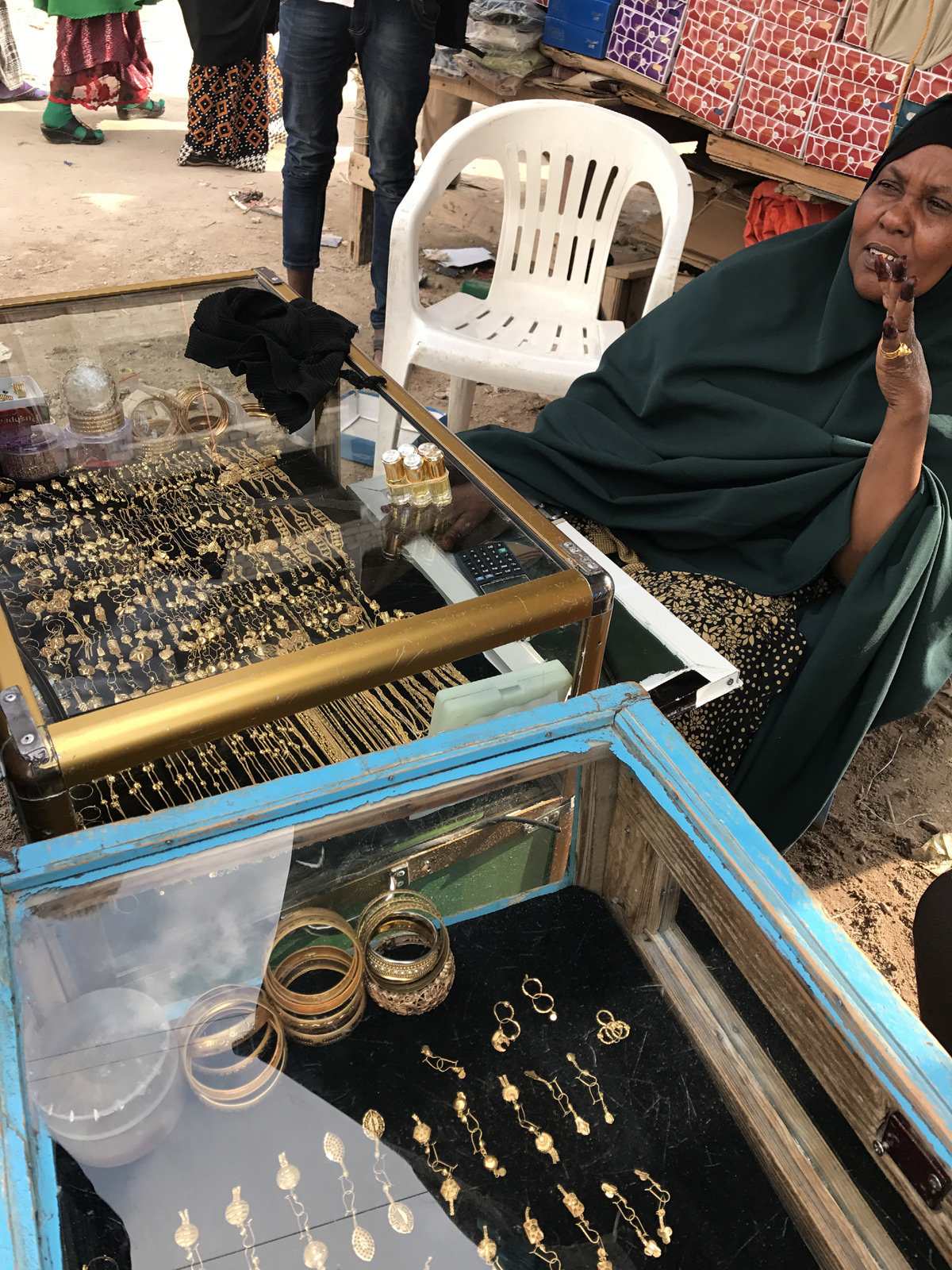
Travel Guide
There is no travel guide for Somaliland that I am aware of.
Government
Somaliland has a bicameral parliamentary government formed with no foreign assistance. It has been largely free of extremist groups because, I am told, that the population has suffered much instability (it still fears invasion from southern Somalia and terrorism) and does not want to jeopardize their societal progress. As a result, they report potential problems to the authorities. Elections are believed to be fair and accepted by the people. There is a judicial system, but many commercial and personal disputes are resolved through mediation. About two-thirds of the small governmental budget is security related.
According to the Unrepresented Nations and Peoples Organization “Whilst Somaliland remains a ‘State-in-waiting’, it nevertheless continues to satisfy all the criteria for statehood in customary international law. It possesses a permanent population, a defined territory, a government and the capacity to enter into relations with other States. In 2016, over a million Somalilanders signed a petition supporting the country’s recognition.”
Economy
Unlike many countries in Africa, the private sector drives the economy with the government spending accounting for only 10%. There are minimal economic regulations and a deep, cultural tradition of honoring obligations. There are no domestic and foreign commercial banks. Instead some money wiring companies (Dahabshiil is the largest), have grown to large financial businesses. They make loans, but at high interest rates and restrictive conditions.
The main national income derives from trade in camels, sheep and goats to Saudi Arabia and the Gulf states. The lack of international recognition has created a culture of self-reliance, supported by relatives and friends in the diaspora. About 60% of the economy is involved with livestock and another 20% is crop farming including sorghum, corn, fruit and vegetables. Somaliland is a producer of frankincense. There is a lively trade in the plant-stimulant khat which is a controlled-substances in some other countries. Somaliland is rich in minerals including one of world’s largest gypsum deposits, which are a potential source of hard currency income if exploited, hopefully in an ecological beneficial manner.
An important future contributor to the future economy is the Port of Berbera on the coast. In July 2013, the Raysut Cement of Oman announced that it will build a new state-of-the-art cement terminal there.
In May 2016, DP World of the UAE signed a $442 million agreement with the government to develop and operate a regional trade and logistics hub at the Port of Berbera. This port will greatly help Somaliland export and import goods. It will also dramatically increase Somaliland’s participation in importing and exporting goods to landlocked countries in Africa, particularly Ethiopia.
Part 2 – Traveling Through Somaliland
Overview
We spent some of our time discussing the business environment with government officials and business persons and evaluating sectors of the economy which are particularly promising. As part of this effort we met with Vice President Abdirahman Saylici (center in the picture).
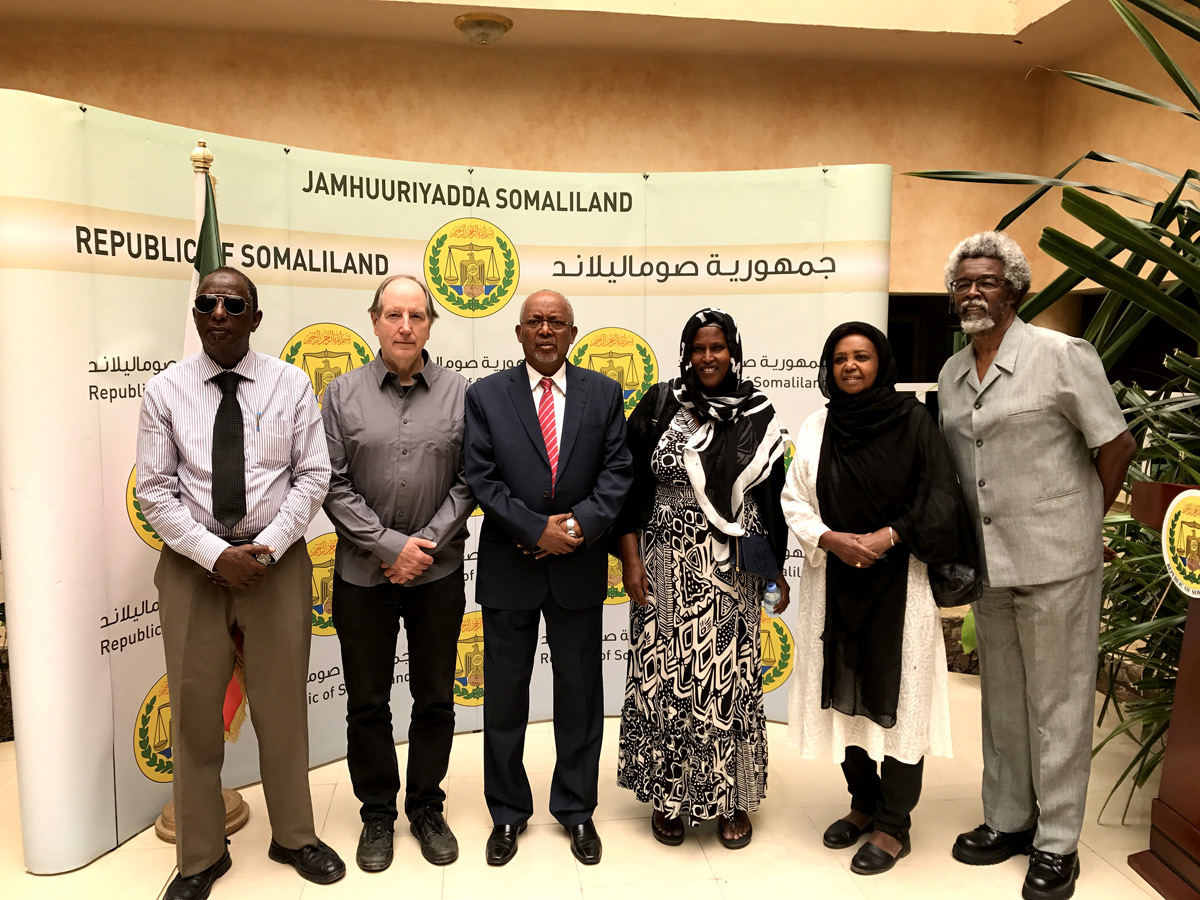
For the rest of our jammed-packed days, we explored Hargeisa and places within a couple hour drive. Here is a map of where we went.

Hargeisa
Just driving through this bustling city with litter everywhere is interesting, but there is only one paved road, which makes traveling dusty and jarring.
Somalis are traditionally nomads and have spent centuries raising goats. Wherever you go in Hargeisa, you will see wandering, domesticated goats.
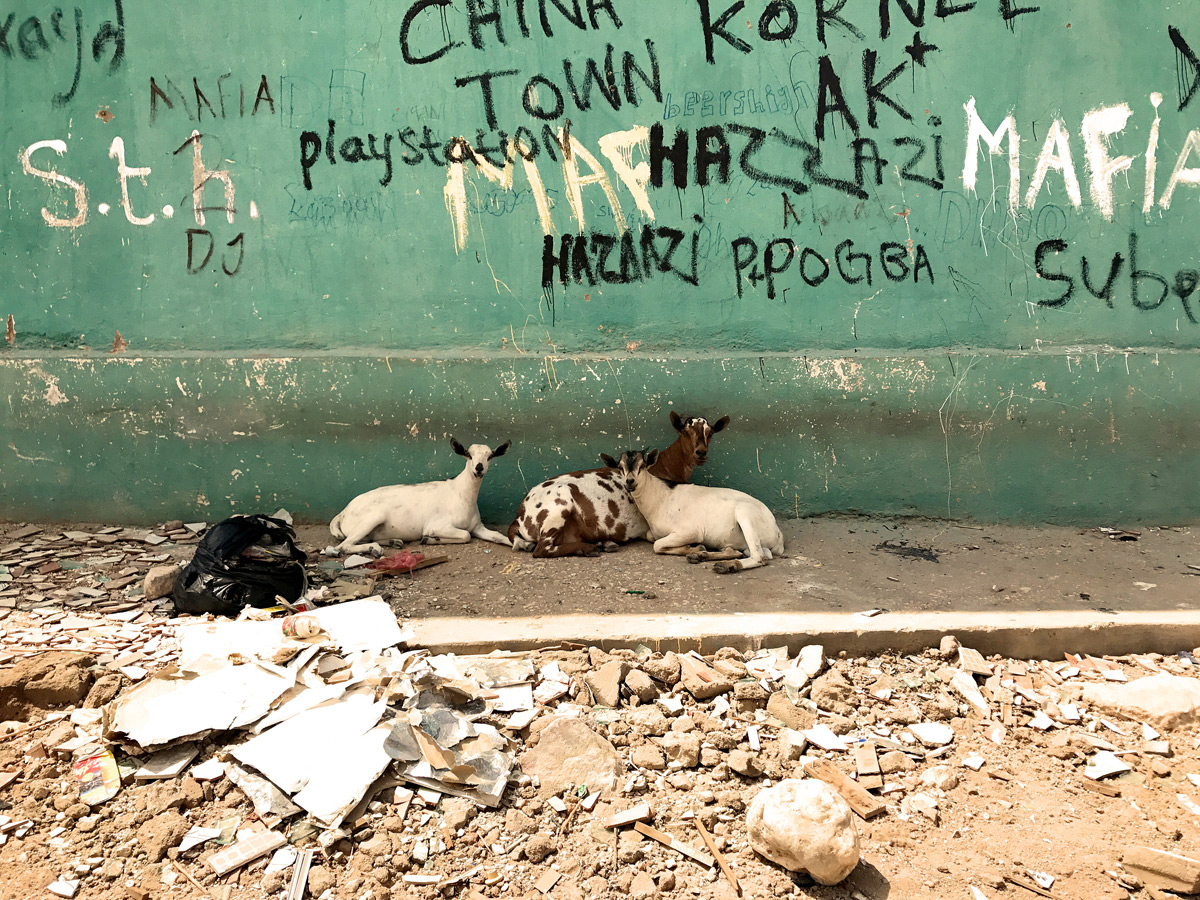
The outdoor cafes are usually full, but only with men.

A not-to-be-missed site is the memorial of a Somali Air Force MiG fighter jet that was shot down during the Somali Civil War.

In May 1988 Somalia President Siad Barre ordered his air force to bomb northwestern Somalia, which was a stronghold of the opposition Somali National Movement (SNM). During this killing spree, this MiG was shot down and became an important symbol of the resistance, as evidenced by a mural at the base of the memorial.
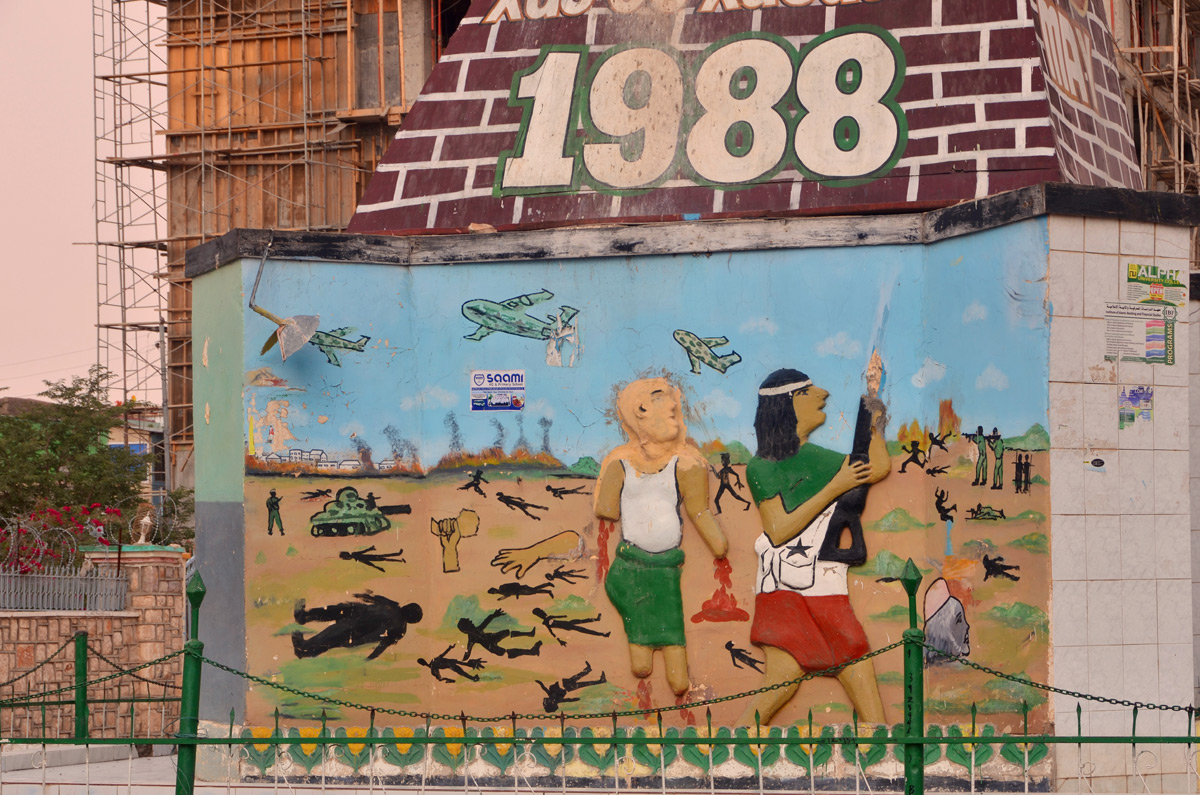
Following the collapse of Barre’s government in early 1991, Somaliland declared independence and claimed the territory of the former British Somaliland.
The central market is the main shopping district and sells a department store-quantity of goods on several streets.

Some items sold are not common staples and household goods. For example, one entrepreneur was selling organic medicines and ointments, plus animal-skeletal curiosities.
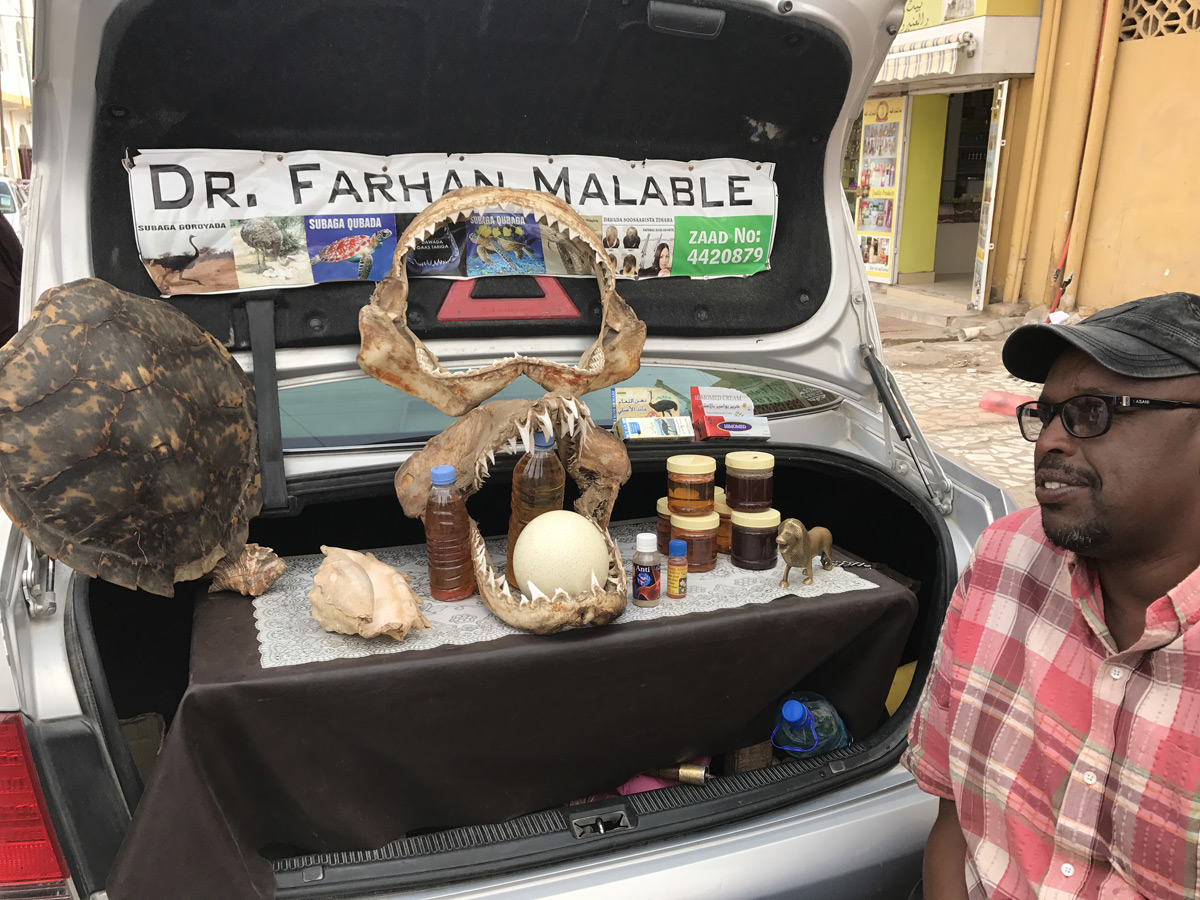
An important business is the distribution of the stimulant khat. One day when we were there, there was a delay in the daily delivery. This caused considerable consternation for many frequent users.
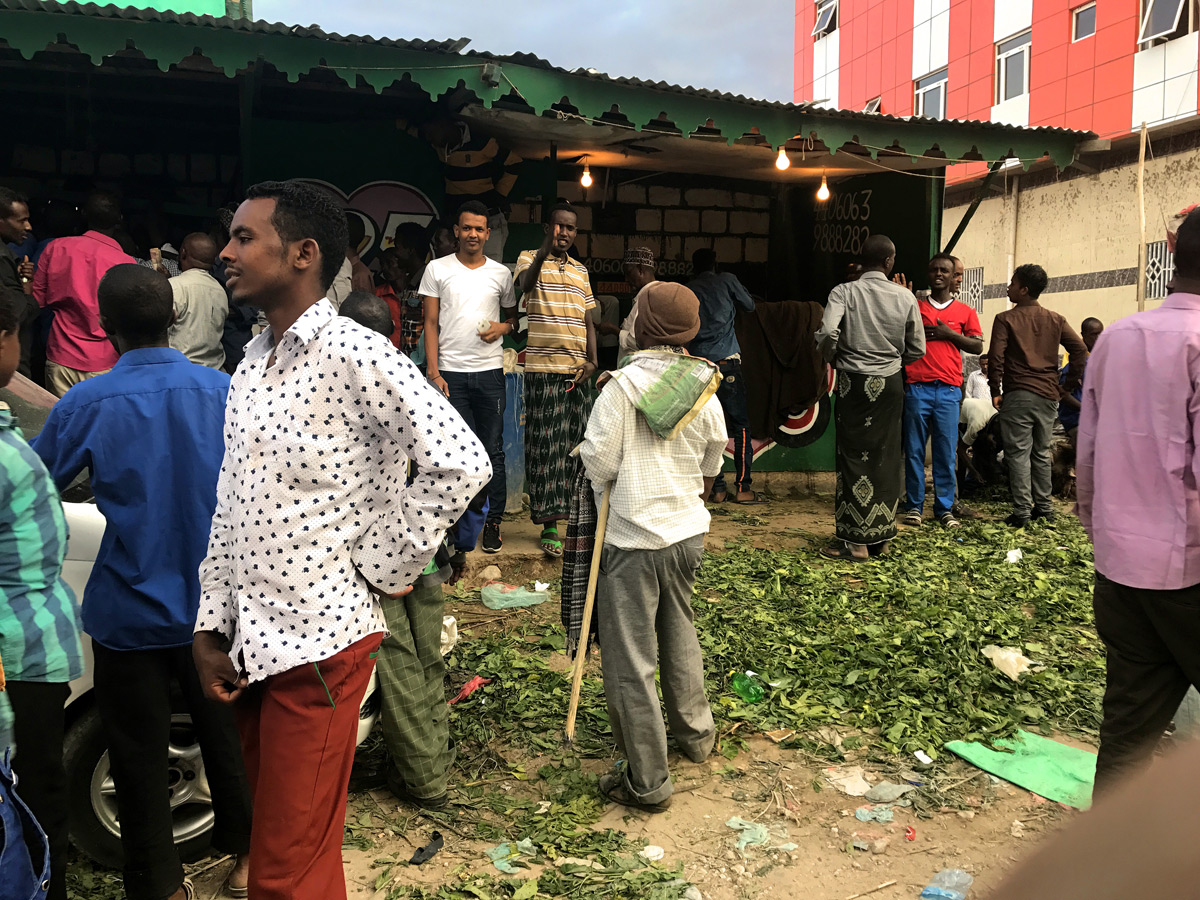
We met diaspora Somalis from the UK, who invited us one night to a restaurant called Summertime. While there, we listened to an oud musician play traditional Somali songs.
Laas Geel Cave Paintings
If Somaliland was a recognized country, Laas Geel would be an UNESCO World Heritage Site. Yet it is even not recognized on the seemingly omniscient Google Maps. It is about 35 miles from Hargeisa on the road to Berbera. The name means “camel waterhole” because it is situated at the confluence of two wadis (dry streams except during heavy rains).
The caves, or rocky outcrops, have paintings of cattle, herders and related themes.

They are at least a whopping 5,000 years old. Amazingly, they were virtually unknown to the outside world until 2002. The colors and shapes are remarkably well preserved, because of the dry climate.
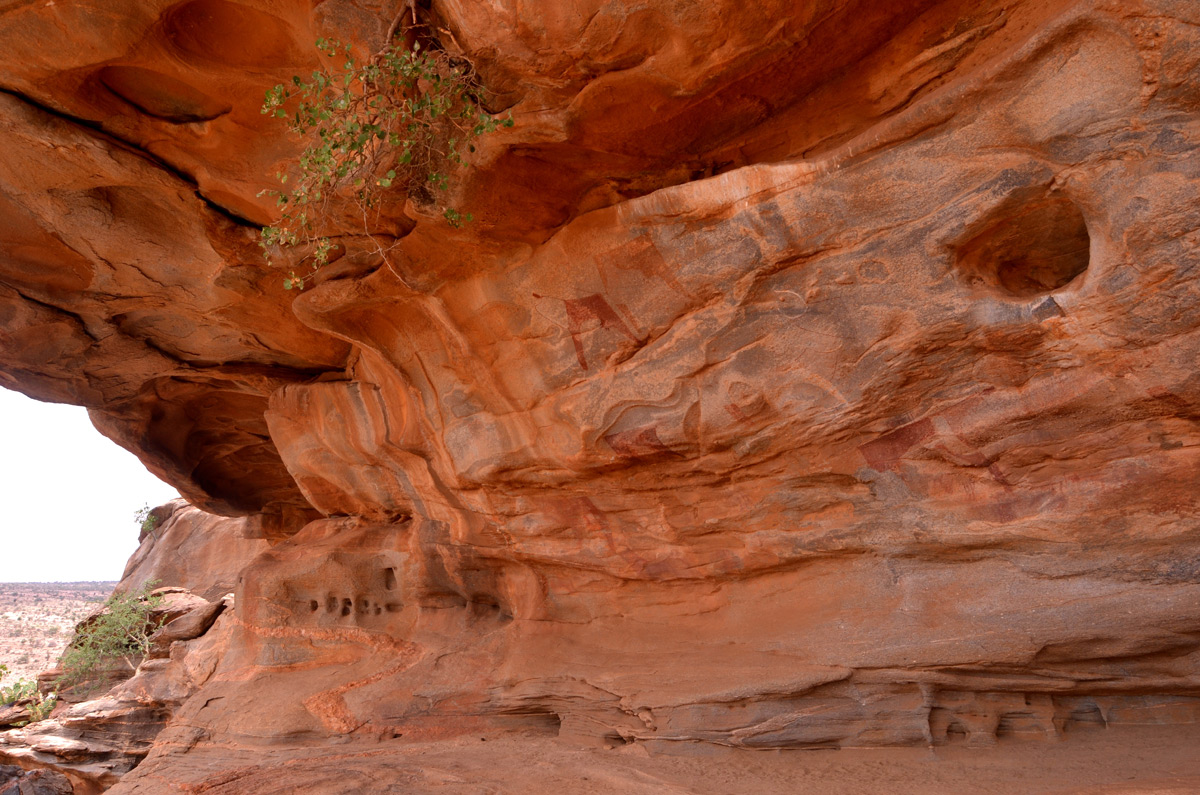
In addition, they have a distinct style that researchers continue to investigate in hopes of finding the origins.
I paid $25 entrance fee. Non-citizen Somalis may or may not pay, depending on the guards protecting the area and collecting the money.
In the vicinity, nomads raise camels and goats.
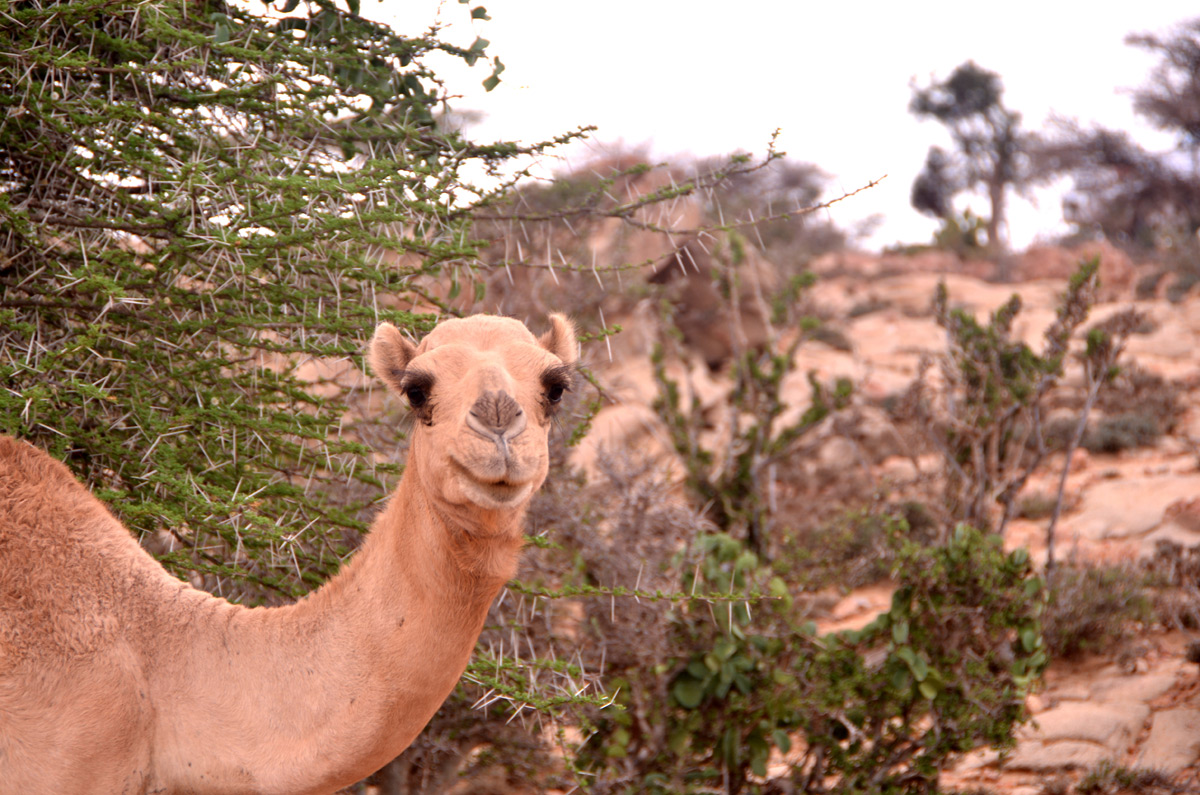
Abaarso School
This is a school for promising seventh to twelfth grade Somali students and not necessarily a tourist site. We stopped by because my daughter’s classmate is now teaching there. It is a few miles west of Hargeisa.
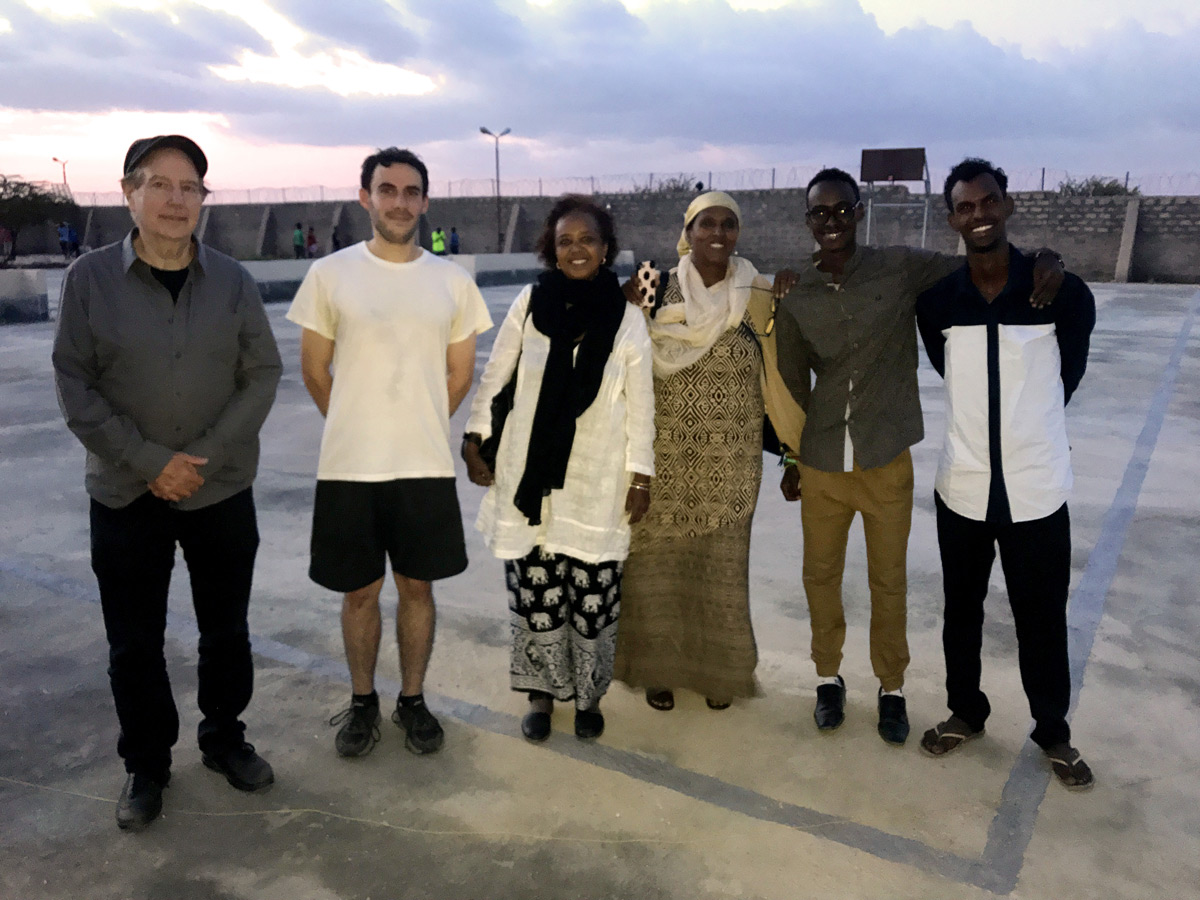
From the distance, it looks like a prison with barbwire, situated on a hill, but it’s a campus with several buildings for approximately 220 students who attend for free. The barb wire is to keep out the monkeys.
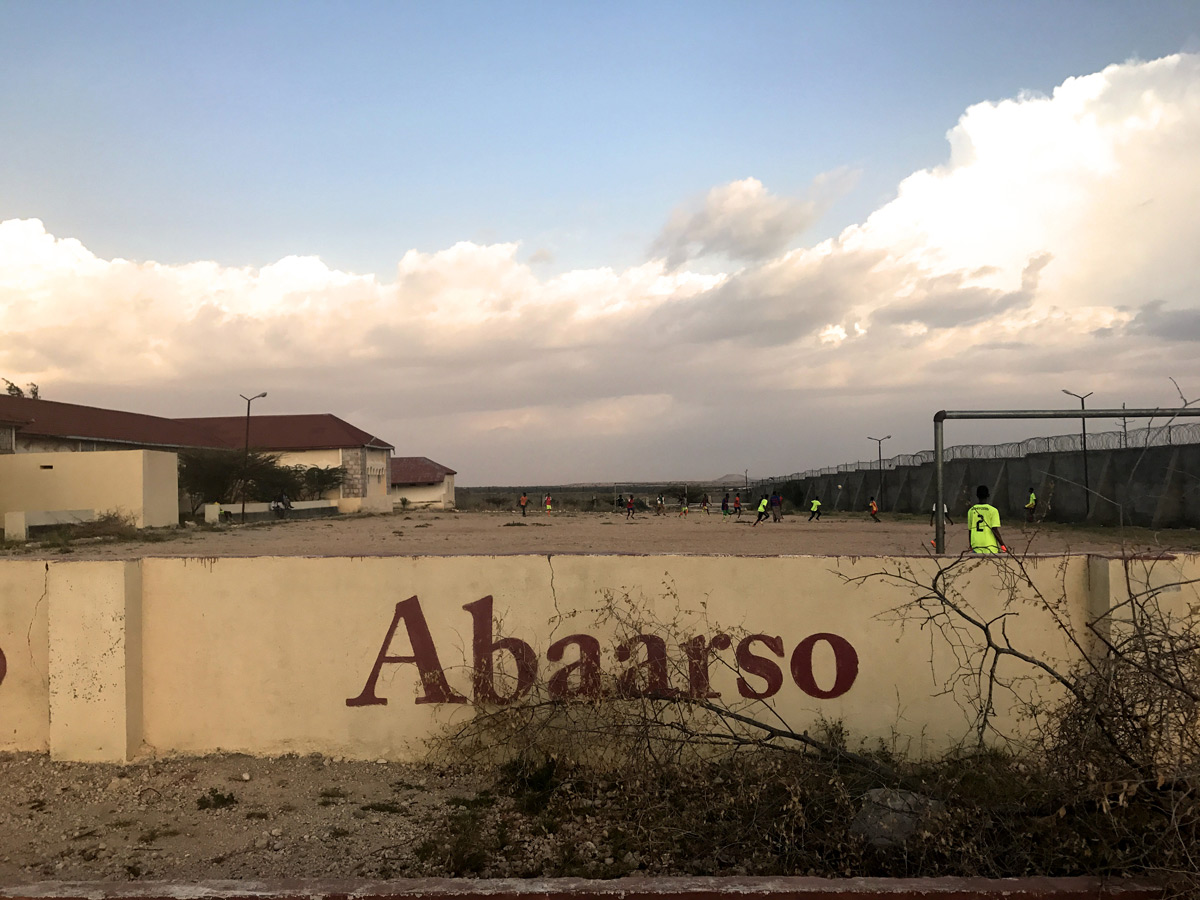
The Abaarso School was started by Jonathan Starr, an American investment banker in 2009. Through great effort and despite formidable obstacles, including prominent locals falsely accusing the school of proselytizing students to Christianity, he and the staff established the school. Many of the graduates go to the United States to attend college, some at Ivy League and other prestigious schools. This school and its story is so inspirational, that Anderson Cooper reported on it in a “Sixty Minutes” segment.
Borama
Borama is northwest of Hargeisa, close to the border of Ethiopia. It is an interesting location with cultivated land rather than roaming camels and goats. The town has somewhat of a prosperous look to it with a new, large hotel (called the Saw) and some attractive buildings. We ate at Ray’s Hotel and around there was Ray’s Supermarket and Ray’s Carwash. It seemed Ray had everything there except the ubiquitous Ray’s Pizza in New York City.
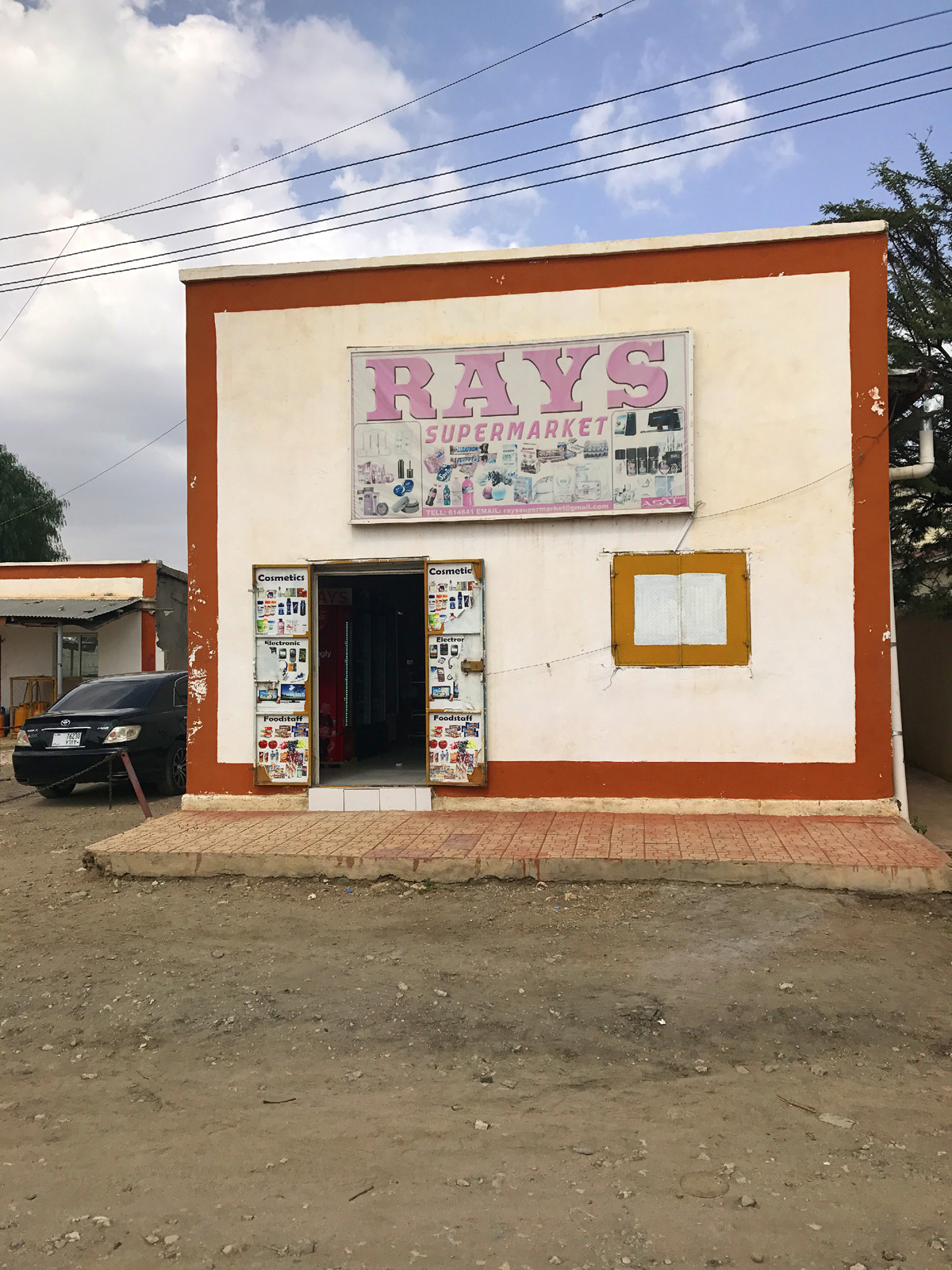
We were fortunate to have a long visit with the president and faculty of Amoud University.
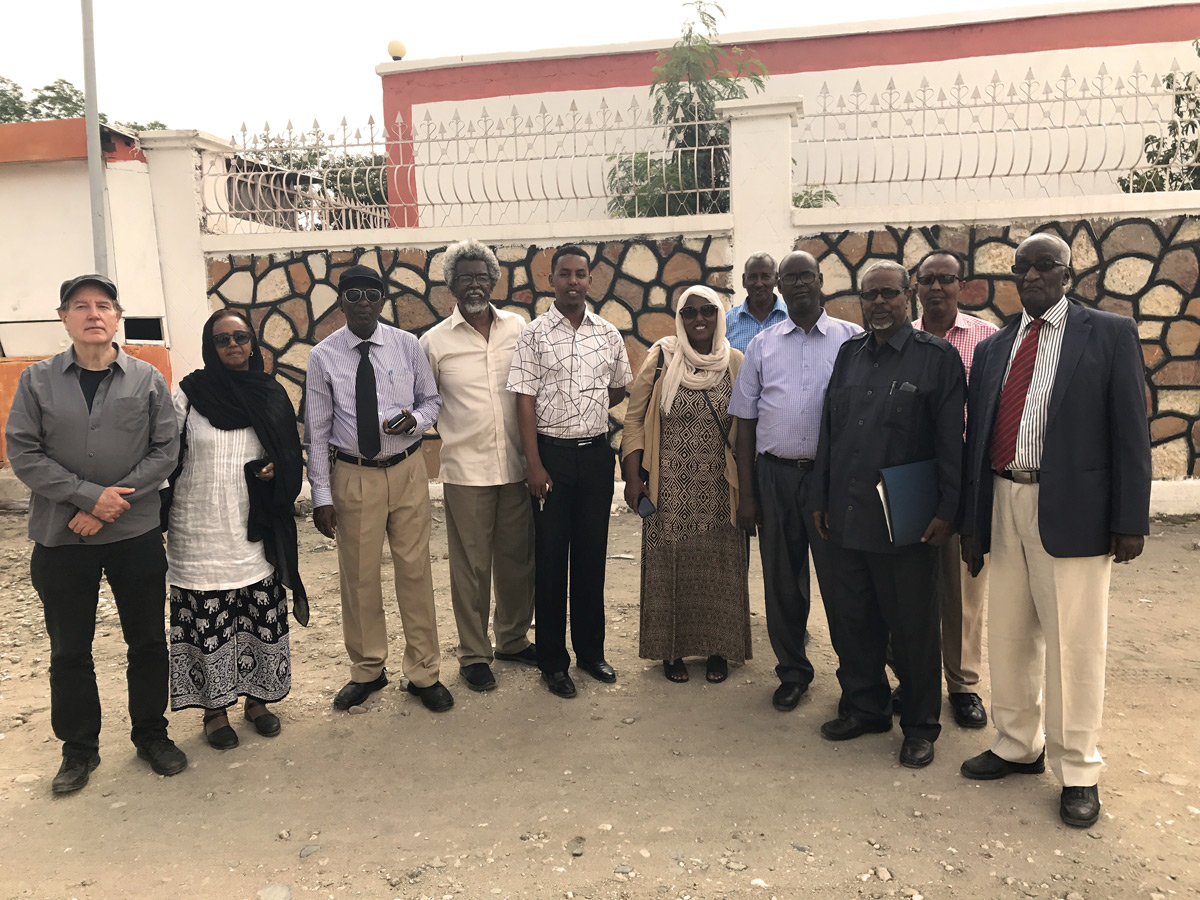
The school was started in 1998 with sixty-six students. Now it has more than 4,000, including medical students who take final exams supervised by King’s College of London. This excellent education institution is an affirmation of outstanding achievement by the founders, staff, community leaders, businesses and diaspora Somalis who help fund and support it.
We visited the Biyo-Sixa’s bottled water facility and observed the process of purifying and bottling aquifer water. This is not something a normal traveler could do, but it is worth mentioning as it shows that this country is not seemingly empty desert but home to enterprising people and their businesses. Of note, the facility had millions of US dollars in machines provided by Chinese manufacturers.
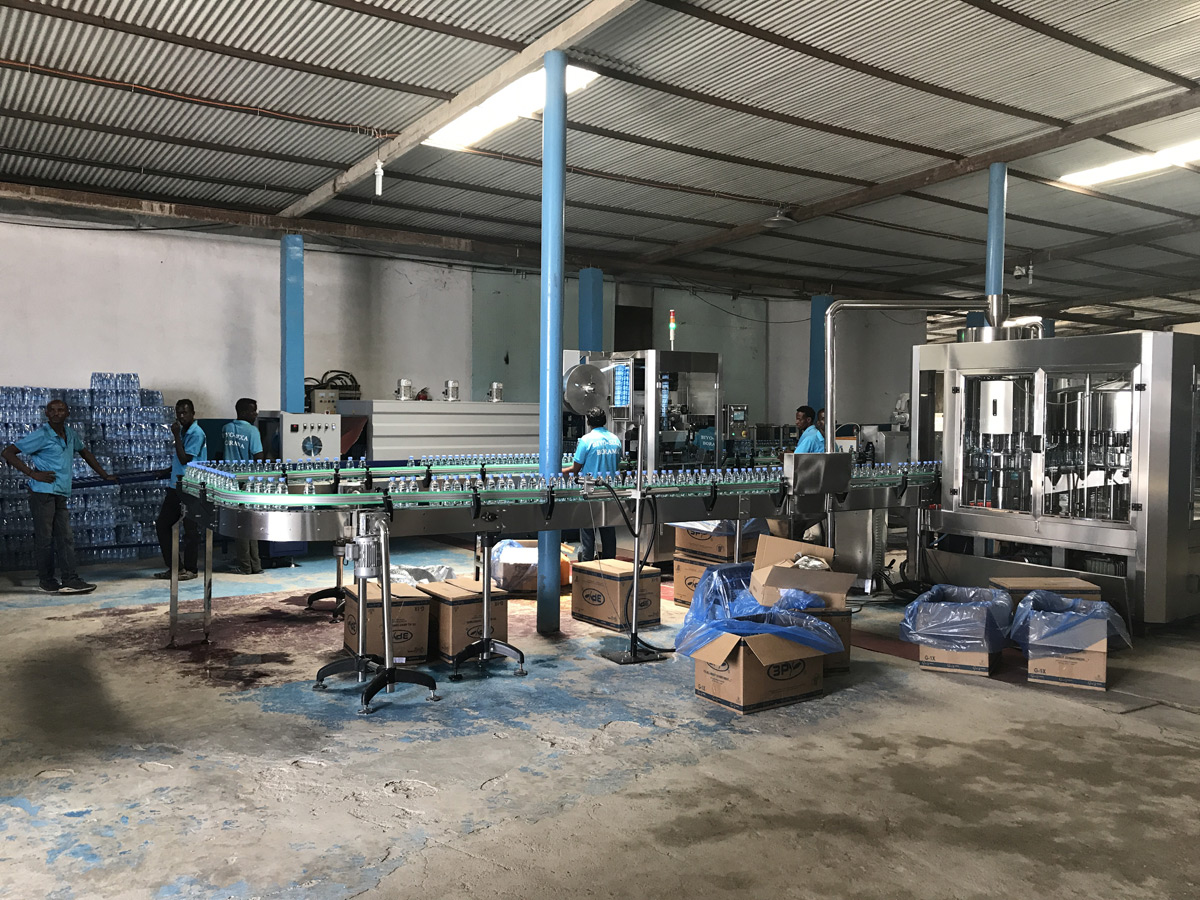
Sometimes Americans, myself included, think the USA is the driving force of business and education in the world. Amoud and Biyo-Sixa show that while trading and interacting with the USA is desirable, the world is progressing whether or not the USA is involved.
As there are few cities in Somaliland, you could drive for hours through the arid landscape. In this setting, you see interesting things such as the daily rhythm of life.
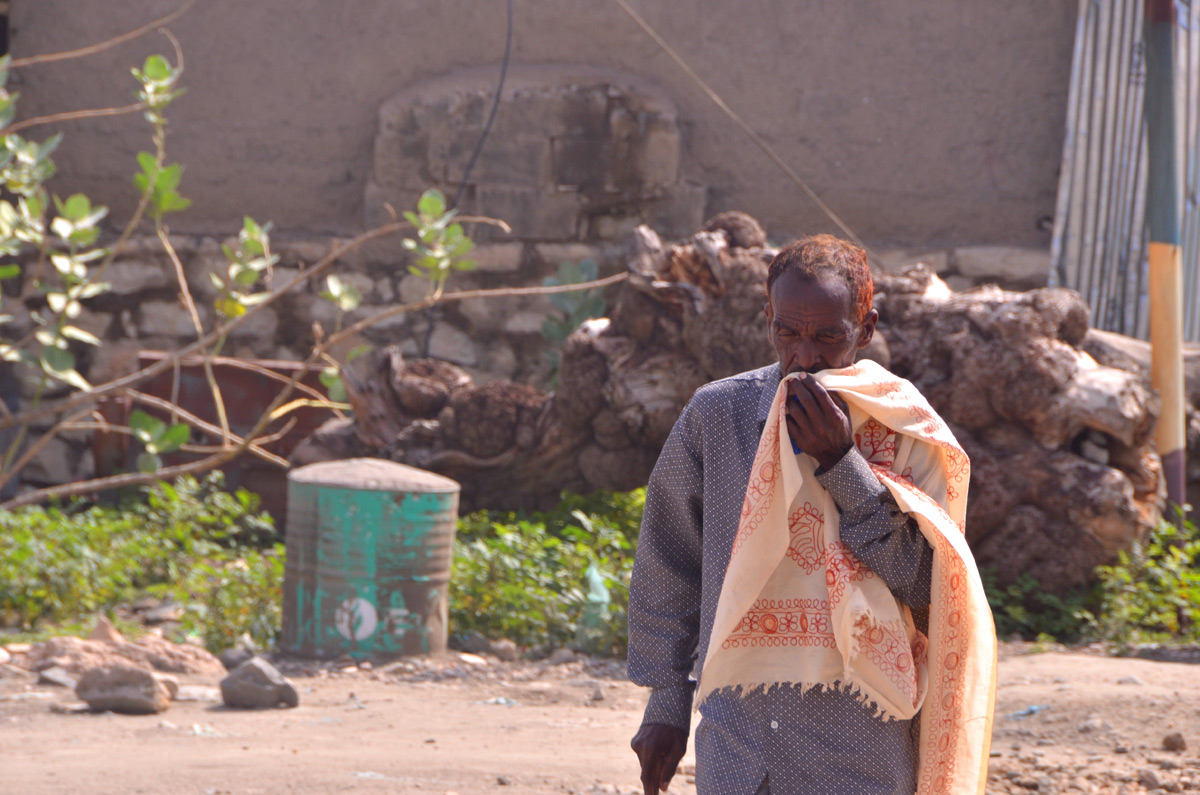
The Coast
We ran out of time and regrettably could not reach the coast of the Gulf of Aden, but it will be on itinerary for the next trip to Somaliland. Some of the highlights of the coast are the ancient cities, the miles of beaches and the nearby mountains of Cal Madow. This stretch would be worth at least a week of travel.
Final Thoughts
In a 2015 article in the Daily Mail of the UK, Abdinasir Ibrahim (director of Somaliland Travel & Tours Agency) stated that “Somaliland have an 850-km coastline with lots of pristine beaches, beautiful coral reefs, unique archaeological sites, rare birds and mammals, fabulous mountain ranges, and a year-round sunny, warm climate, so we are offering a wide variety of tour opportunities that will allow everyone to experience Somaliland in ways that are unique.”
Beyond the common types of tourism, it is extremely interesting to see Somaliland’s successes. Somaliland, despite no foreign recognition and aid, has built a legitimate and stable democracy with an entrepreneurial and free market economy. It is a wonderful country and I recommend it to travelers wholeheartedly.

